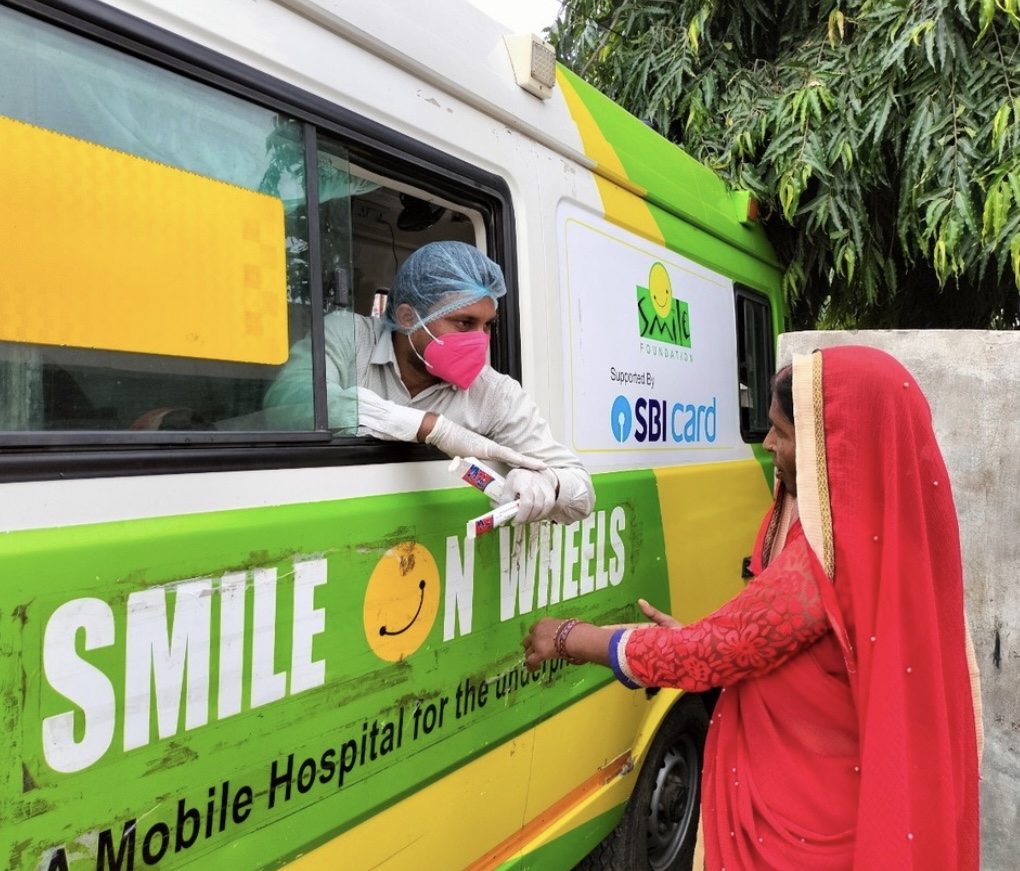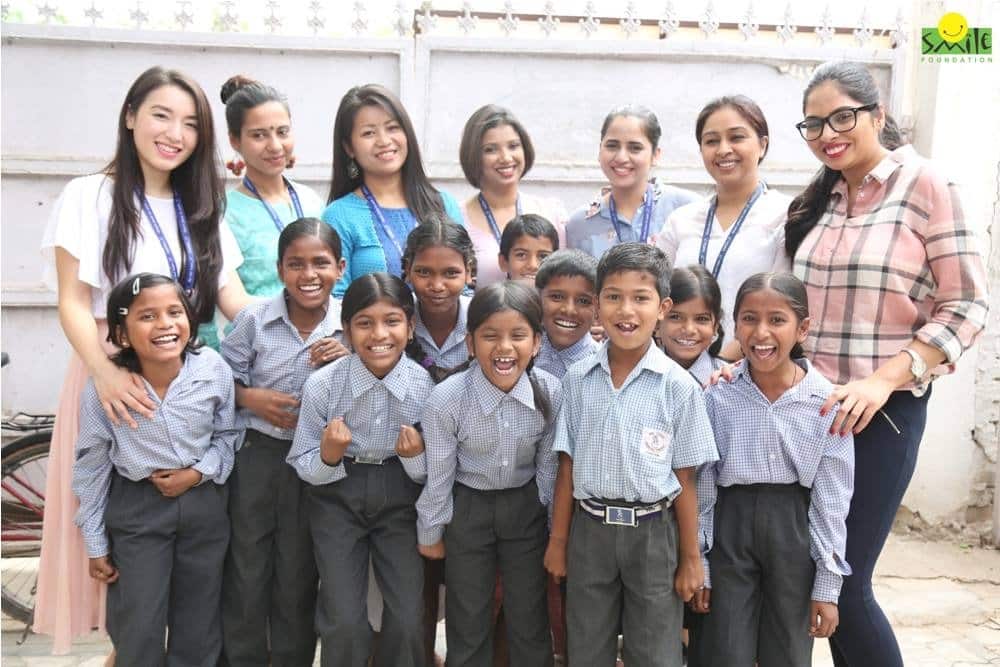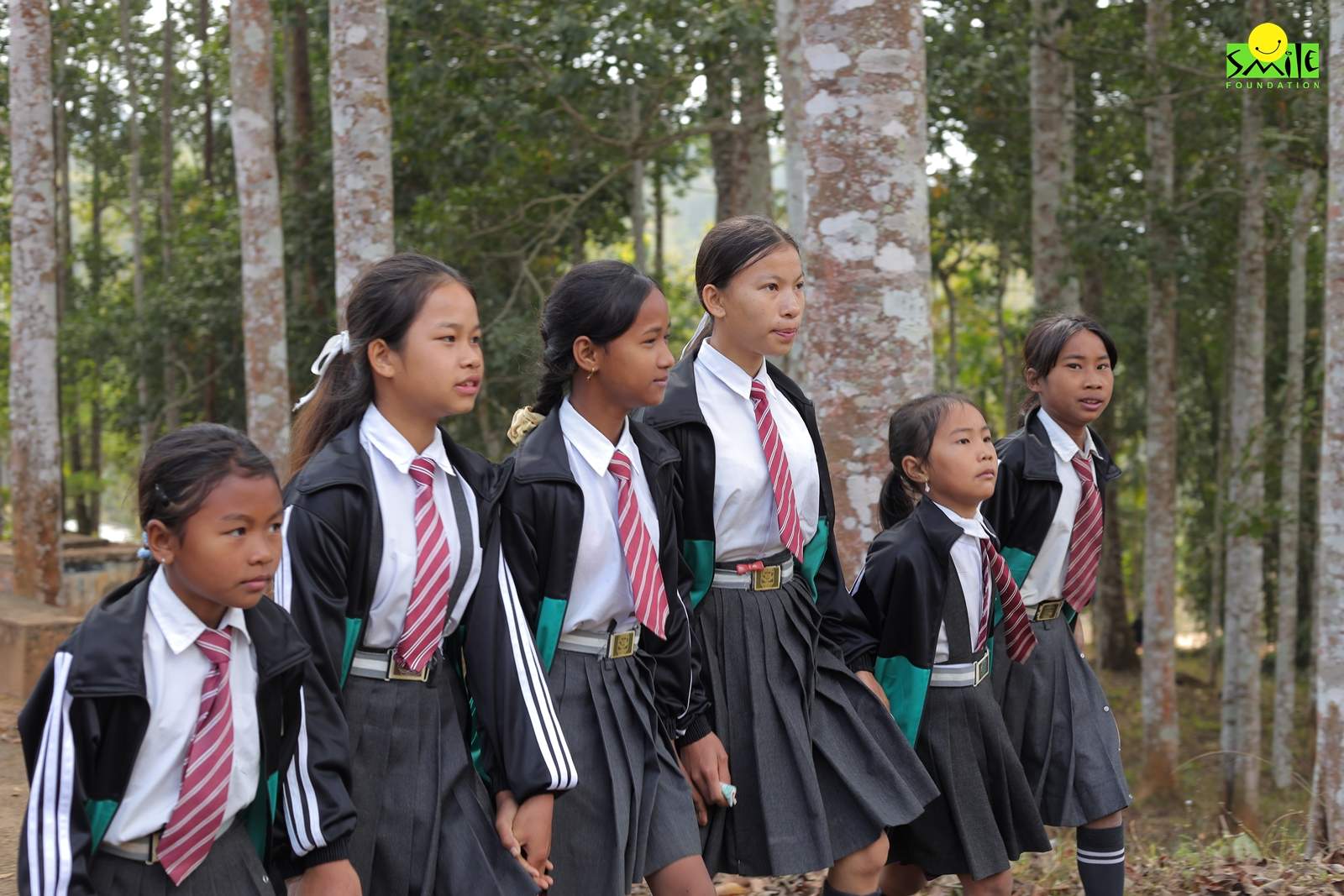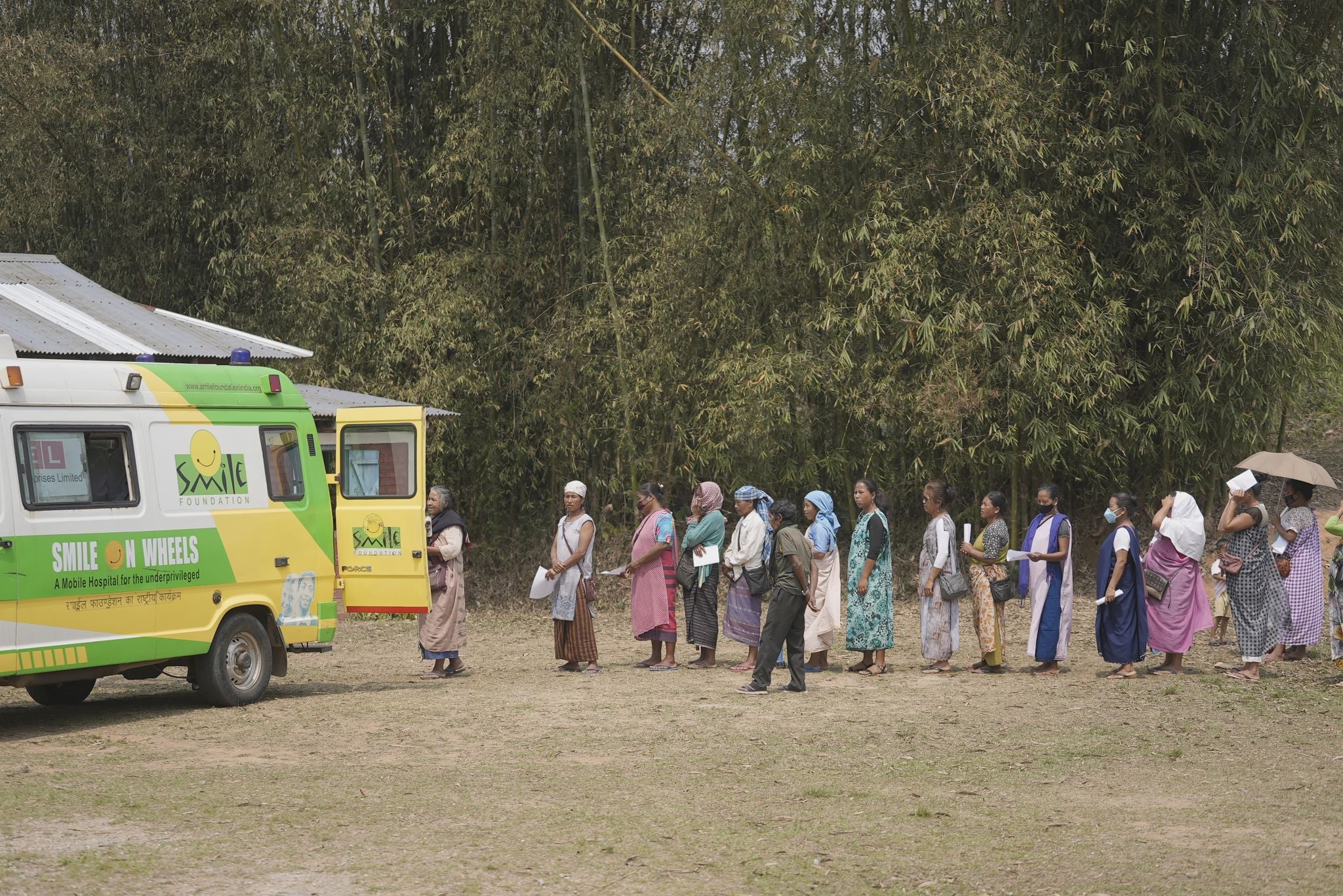Women’s Health India- What about it?
A woman lives many lives in one life-cycle. An average woman passes through different stages like adolescence, reproductive age, menopause and post-menopausal phases. She has to adapt to a series of physiological and psychological changes affecting many aspects of her being.
Adding to this, events like pregnancy and motherhood once or multiple times make a woman’s life cycle much more complex than her male counterparts.
Not to forget the socio-cultural practices associated with many of these stages, which complicate them further for women. This gives a strong reason to be more particular and concerned about the health status of our women, but in reality are we?
Women’s health India is often a query that needs some concrete answers. Let’s try to find out.
Women’s Health in India
According to the World Health Organization (WHO), “Health is a state of complete physical, mental and social well-being and not merely the absence of disease or infirmity.” However whenever there is a discussion about women’s health, it is mainly focused on only reproductive health, neglecting many other important aspects.
In order to understand the health status of women in India, it needs to be examined against the backdrop of various dimensions of health and compared against corresponding global averages and also against that of men in India.
The socio-cultural set-up and deep rooted patriarchy have relegated women to a secondary status in India. Traditionally in Indian families, it is the male who is given utmost importance as the earning member.
Though women form the backbone of the family and are primary caregivers and homemakers, their work has been grossly undervalued. This lack of importance to women in the family adversely affects their access to healthcare services among other things.
The National Health Portal (NHP), Govt. of India identifies four major issues affecting Indian women. They are:
Malnutrition
This is one of the foremost women’s health issues in India. Indian women are socially and mentally conditioned to sacrifice for their family. They are trained to be the nurturers who would eat after feeding the entire family. This and other such practices have hugely contributed to women’s malnourishment.
India accounts for one of the highest rates of malnourished women among developing countries. 24%of women in India are malnourished and 54% women are anemic. While the nutritional intake in early adolescence is nearly equal, the rate of malnutrition increases for women as they enter adulthood. This malnourishment in young girls leads to multiple issues as they enter into pregnancy and motherhood.
Poor Maternal Healthcare
There is a severe lack of maternal health care for Indian women. Although in the past few years awareness has been improving, we still have a long way to go. As per a study, India has a Maternal Mortality Ratio (MMR) of 113 which is much higher than the target of 70 set by United Nations Sustainable Development Goals (SDG).
This accounts for 15% of the world’s maternal deaths. However, the MMR is not identical across all states or even within different regions of a state. While urban areas often have lower MMR, women’s health in rural areas in India is more vulnerable due to lack of access to healthcare facilities and poor awareness level regarding maternal health care needs.
Domestic Violence
Domestic violence refers to any act of violence from close/intimate relations of a person usually a partner, spouse, or family member. In India, domestic violence is usually reflected in the form of gender-based violence against women and girl child.
Mainly inflicted in the form of physical, psychological and sexual violence, domestic violence is a threat to women across the world and is considered as a hidden epidemic by the World Health Organization. According to a research paper, there is a direct correlation between domestic violence and poor health & well-being of not just women but also the children they give birth and care for.
Findings indicate that gender based violence is a risk factor for unintended pregnancies among adolescent and young adult women.
Suicide
Suicide or ending one’s own life is an extreme step often resulting from mental and emotional distress. Data from the National Crime Records Bureau (NCRB) shows that during 2021, as many as 45K women in India died by suicide, more than 23,000 of them being housewives.
The death rate by suicide reached to record-high this year, following a turbulent year caused by the pandemic. The NCRB report states family problems and illness as the primary reasons behind the suicides, with more female suicides caused due to marriage related owes pertaining to dowry and infertility.
Understanding the Status of Women’s Health in India
-
- Poor Menstrual Management: Data shows that girls are treated almost at par with boys until adolescence, but with onset of puberty several outcomes for girls begin to diverge. The National Family Health Survey (NFHS-5) states that 77.6% of women in India in the age group of 15-24 years use a hygienic method of menstrual protection like locally made napkins, sanitary napkins, tampons or menstrual cups. Millions of women in India still face major obstacles to a comfortable and dignified experience of Menstrual Hygiene Management (MHM). Lack of education and awareness about menstrual health, lack of proper sanitation facilities and lack of access to suitable MHM products lead to poor menstrual hygiene which results in many kinds of diseases and infections in women.
-
- Lack of access to family planning measures: Lack of women’s access and agency to contraceptive measures results in early motherhood and more number of children which adversely impacts women’s health. Women often have limited or no autonomy in decisions regarding family planning. A change of mindset and societal norms is highly called for to improve this situation.
-
- Discrimination against working women: There is still huge gender disparity for an average working woman at the work place. In 2015, India had largest gender gap in median earnings of full time employees. Pay inequality, informal engagement, women-insensitive work environment and hurdles in rising in occupational hierarchy often discourage women from actively participating in formal employment. Adding to this, lack of cooperation from spouse and in-laws to manage households adds to the burden of married working women and affects their physical and mental health adversely.
Donate Online for Health
Health is the most important asset for an individual and healthy population is the need of a nation. Women’s health in particular is of primary concern as it has been constantly neglected and also determines health of future generations.
Awareness campaigns, improvement of health infrastructure and access to healthcare are crucial to improve the health scenario. Please donate online for health care and partner in creating a healthy India. Learn more about Smile Foundation here!










One reply on “Are Indian Women Healthy? A Quick Overview”
This is really important topic! It sounds like there are some challenges women in India Face with healthcare access and nutrition . Would love to learn more about what’s being Done to improve things.